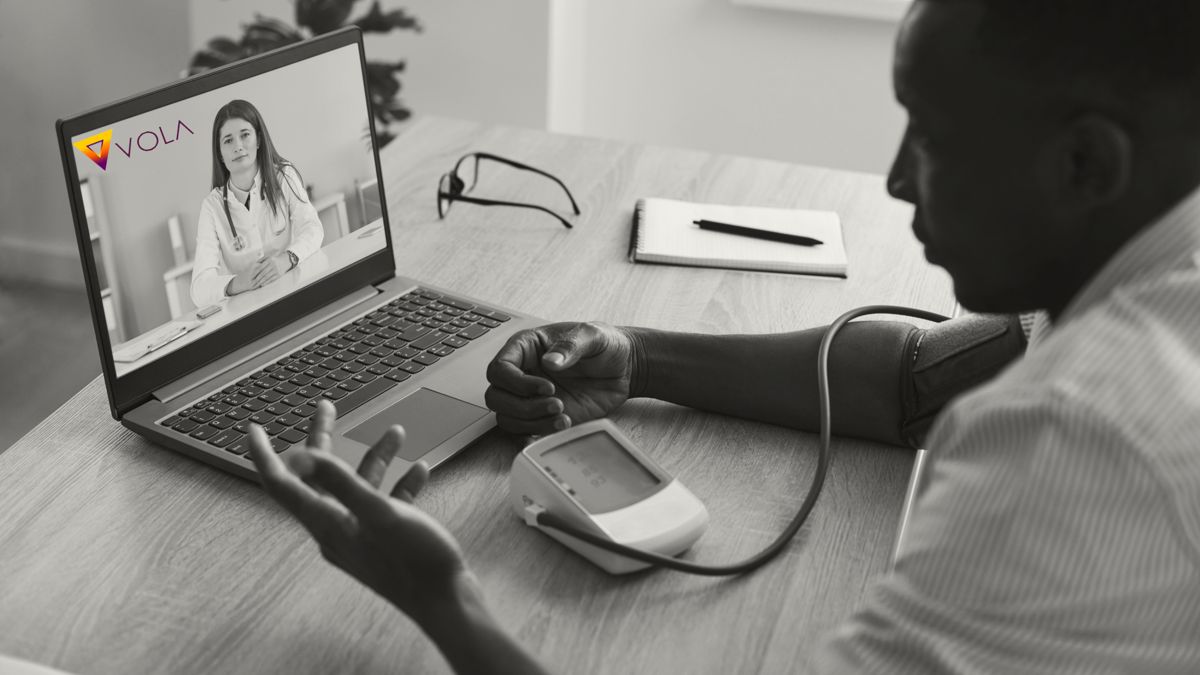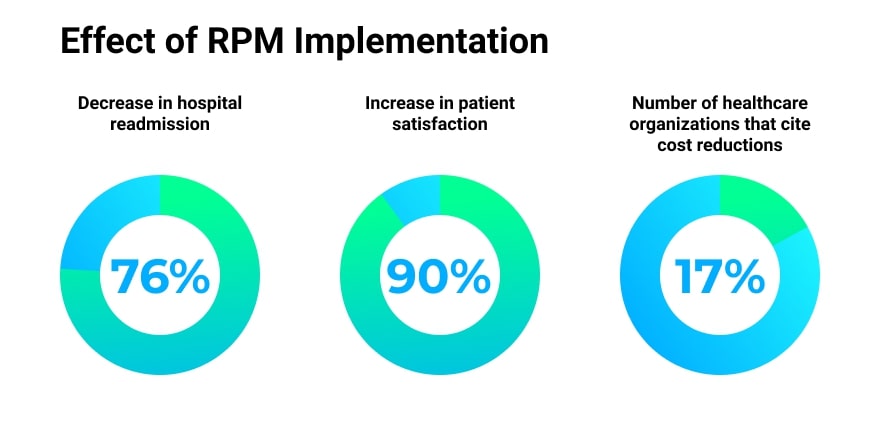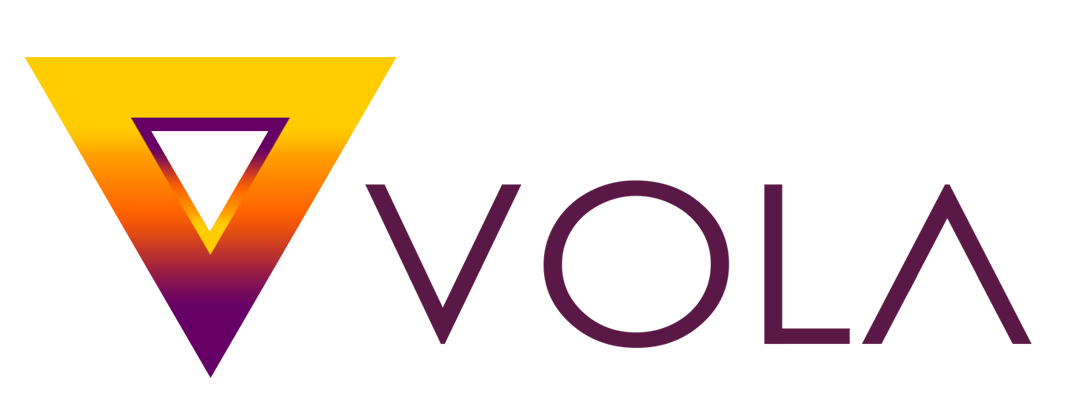
How Remote Patient Monitoring Is Improving the Patient Experience
Remote Patient Monitoring (RPM) technology enables doctors to monitor patients from anywhere. Furthermore, RPM technology has developed to the extent that the patient can be allowed normal daily activities at home while still being monitored with the use of modern communication and wearable sensor technologies. Sensors for monitoring essential vital signs such as electrocardiogram reading, respiration rate, heart rate, temperature, blood glucose levels, blood pressure, and even brain activity, just to name a few. This means remote providers can monitor their patients digitally and engage in telemedicine, if needed, without having to leave their office. By using wearable and mobile devices, patients can get their daily check-ups in the comfort of their homes. RPM systems can also provide instant access to patient data to medical professionals in different fields.
The data collected by remote patient monitoring has become an integral part of health care systems across the world. This technology has enabled practitioners to manage chronic disease and other medical issues remotely. Moreover, remote patient monitoring has led to favorable reimbursement and revenue generation for healthcare providers. It has also proven to be extremely useful during periods of disruption in patient volume or a pandemic. The administrative value of RPM is quickly becoming undisputed. Not only is it a significant cost-saving tool, but it also has an opportunity to improve patient care and reduce administrative costs. The amount of administrative spending in health care today is estimated at $950 billion, nearly a quarter of all US healthcare expenditures. As the numbers show, the potential for remote patient monitoring is immense.

Additionally, it can improve the patient experience by strengthening the relationship between patients and providers. With remote patient monitoring, patients are reporting increased satisfaction with their care and perceive that their health is regularly monitored.
In short, RPM technology helps healthcare organizations manage the quality of care while reducing costs and improving the patient experience. It also provides continuous information on a patient’s health and improves education, feedback, and support. It is a great way to improve patient health outcomes, and it can also help providers provide better personalized care. The remote patient monitoring technology is an effective way to provide quality care to patients while reducing the likelihood of readmission to the hospital (see image above). Besides improving patient care, it improves providers’ insight into patient status. Through remote monitoring, providers can identify trends and adjust their treatment plans. The technology has tremendous potential to improve the quality of care for a wide range of patient populations, from those with COVID-19 infection to those with post-surgical recovery or maternal and child needs. Ultimately, the combination of these factors help to improve patient experiences by giving the patient more control over their health. For these reasons, and many others, it is important to ensure that RPM systems integrate with the rest of the healthcare ecosystem, using platforms such as VOLA.
The benefits of remote patient monitoring are huge
In addition to enhancing the patient experience, remote patient monitoring devices also reduce the cost of collecting and analyzing data. Moreover, this technology helps healthcare organizations reduce the number of readmissions to hospitals and improve overall health. It can also help improve access to healthcare for the underserved. In the United States alone, more than 40 percent of the population suffers from chronic diseases. Health data collected from remote patient monitoring is helpful for medical providers in several ways. For example, the real-time data can help physicians decide which patients need urgent attention, which is important in improving patient outcomes. It also allows healthcare providers to track the quality of care and minimize the cost of care by reducing emergency room visits. It also enhances the patient’s satisfaction by providing real-time data about their health.
In addition to improving the quality of patient care, remote patient monitoring data also provides valuable insights for healthcare professionals. According to a research, remote monitoring can improve the efficiency and quality of clinical processes, thereby reducing the number of visits and hospitalizations. As the number of insured patients rises, remote patient monitoring data has also expanded the reach of medical facilities. The use of such data is resulting in improved patient care and improved quality of life.
RPM and Preventative Health Measures
The technology can help healthcare providers to improve their quality of care by preventing illness. The data collected by remote patient monitoring systems is invaluable for improving health outcomes and preventing recurrent hospitalizations. By ensuring that patients regularly report their healthcare-related data, providers can focus on delivering preventive care and improving patient well-being.
As mentioned, 4 in 10 Americans have a chronic health condition. If we can get a handle on the treatment of chronic health conditions, our healthcare system can then turn focus on prevention. Healthcare executives and decision makers understand that one of the most effective ways (if not the most effective) to drive down the cost of American healthcare and improve patient wellbeing is through effective prevention. Implementing RPM, the access to quality and equitable care is greatly expanded and changes in health status can instantly be addressed by a medical professional. This could translate to substantial annual savings thanks to reduced emergency room visits and hospital admissions and readmissions.
Furthermore, if it is used correctly, it can also be an effective way to prevent the spread of infection and improve contact tracing as we saw with the COVID-19 pandemic. By using remote patient monitoring, healthcare providers can increase their preventative and predictive measures and improve the quality of care provided, which in turn improves patient overall well-being.
Finally, RPM can be a valuable preventative tool for patients with other chronic conditions such as mental illness. It can help monitor patients’ experiences, mood, and anxiety, and can also provide valuable feedback on mental health conditions by using sensors and wearable devices to measure and analyze the patients physiological markers commonly associated with mental health and/or mental health issues. While Remote Patient Monitoring is not for every case, it can offer valuable insights into the mental health of chronic patients.
Not just patient experience, but patient outcomes
With RPM, health care professionals can gain a more comprehensive understanding of a patient’s health condition at any time from anywhere, which can lead to more accurate diagnoses and medication prescribing, fewer emergency room visits, and more time between in-office visits. Which no doubt produces better patient outcomes and helps to remedy an extremely strained healthcare system.
Interested in a demo to see our platform can be optimized for your organization? Schedule a demo with the VOLA team today! Contact Us.
About VOLA
Our mission is to support the rapidly growing digital transformation of the healthcare industry. We do this by equipping medical offices and telehealth providers with customizable and affordable technology. One of our key differentiators is our ability to connect laboratory tests into the workflow of telehealth services. Additionally, we have a dedicated SaaS product line to support laboratories and laboratory marketing organizations.

